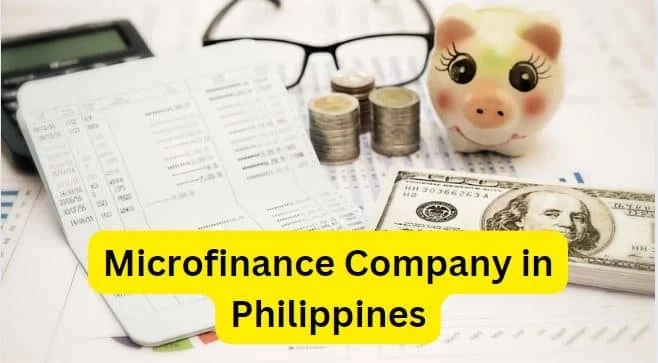In the archipelago of the Philippines, where vibrant cultures interlace with stunning landscapes, lies a tapestry of communities striving for economic empowerment. Among the various challenges they face, access to financial resources stands tall. Microfinance has emerged as a beacon of hope, offering a lifeline to individuals and communities overlooked by traditional banking systems.
The Philippines has a diversified economic environment, yet a sizable percentage of its people are neglected by official financial institutions. Rural communities, in particular, struggle with poverty and limited access to cash, which stifles economic activities and community development. Recognizing these obstacles, novel ways are required to unleash the hidden potential of these communities.
Enterprises driving change
The Community Empowerment through Microfinance (CEM) program is one such project that is making an impact. CEM, led by local non-governmental organizations (NGOs) in conjunction with foreign partners, takes a comprehensive approach to microfinance that goes beyond money transactions to promote sustainability.
At its foundation, CEM aims to empower individuals by giving them not only finance but also the skills and information they need to succeed. CEM finds and supports potential entrepreneurs by using a network of community-based organizations (CBOs) to adapt financial solutions to their specific needs. CEM fosters an entrepreneurial culture in communities by supporting small-scale agribusiness projects and cottage industries, promoting confidence and resilience.
Sustainability through education
Education is at the center of CEM\'s strategy. Aside from loan disbursement, the program provides financial literacy instruction, giving borrowers the tools they need to handle their money properly. The topics span from basic budgeting to investing methods, helping individuals to make educated decisions and break free from debt cycles.
Furthermore, CEM encourages environmental sustainability by incorporating eco-friendly methods into its projects. From organic agricultural practices to recycling efforts, the program promotes environmentally aware businesses, ensuring that economic growth is accompanied by environmental care.
Impact and success stories
The influence of CEM goes well beyond monetary rewards. The program\'s promotion of entrepreneurship and financial independence has resulted in a beneficial ripple effect across communities. From lively marketplaces to thriving cooperatives, CEM recipients are more than simply consumers; they are active participants in local economies.
Maria, a single mother from a small community, has a success story to share. Maria was able to turn her love for weaving traditional textiles into a profitable company because of CEM. She developed her workshop using microloans and business training, offering job possibilities for other women in her neighborhood. Maria\'s items are now sold not just in local markets, but also in boutique stores across the country, demonstrating the transforming potential of microfinance.
Challenges and future directions
Despite its triumphs, CEM faces several hurdles. Limited access to technology and financial infrastructure in rural places creates logistical challenges, and bureaucratic red tape can hinder development. Furthermore, the current COVID-19 epidemic has exacerbated existing vulnerabilities, highlighting the importance of resilience and flexibility in the face of adversity.
In the future, CEM plans to expand its effect and reach even more underprivileged populations. The program\'s goal is to simplify operations and increase its reach by harnessing digital technology and forming strategic collaborations. CEM also intends to broaden its service offering, researching options such as micro-insurance and healthcare finance to meet the multifarious demands of its beneficiaries.
In the quest for sustainable development, microfinance emerges as a powerful tool for social and economic transformation. Communities in the Philippines are becoming more than just beneficiaries of help, thanks to programs such as the Community Empowerment via Microfinance program. Microfinance paves the path for a brighter, more inclusive future in which everyone has the opportunity to prosper by encouraging entrepreneurship, boosting financial literacy, and embracing environmental responsibility. As we continue on this path of empowerment, remember that the ultimate measure of success is not in numbers, but in the individuals affected and communities boosted along the road.
If you are looking for a top MFI or a microfinance company in the Philippines, ASA Philippines Foundation is the best option. They provide microfinance to your business, you can contact them by calling +632-8687-7558 / +632-8631-1107.



